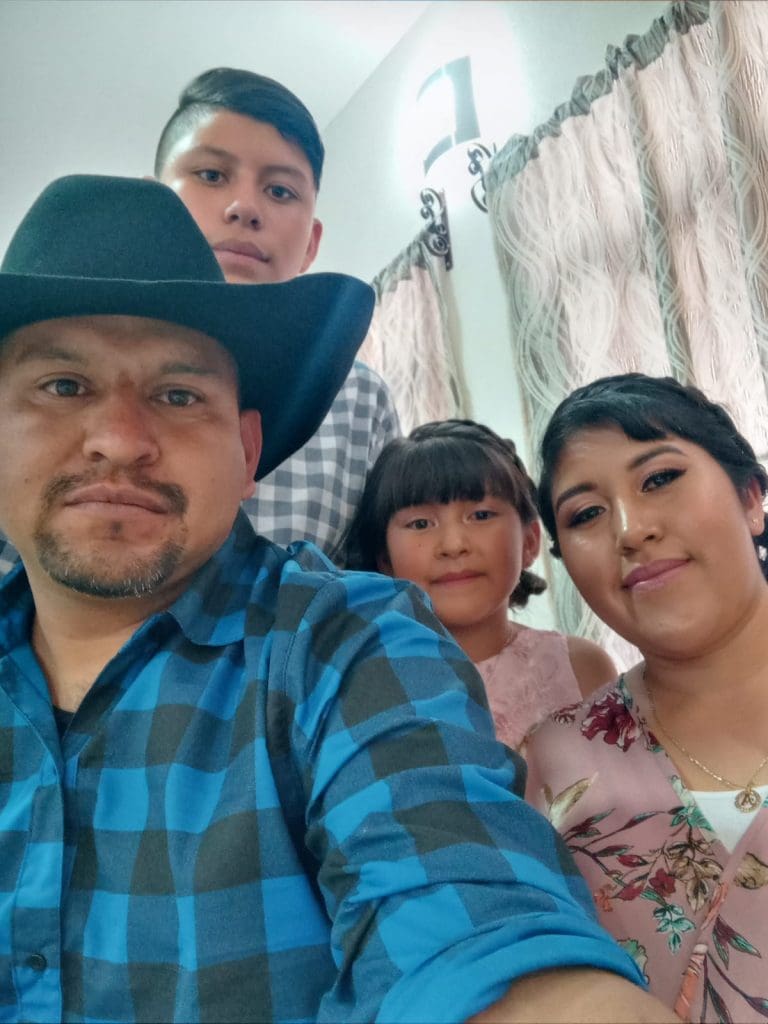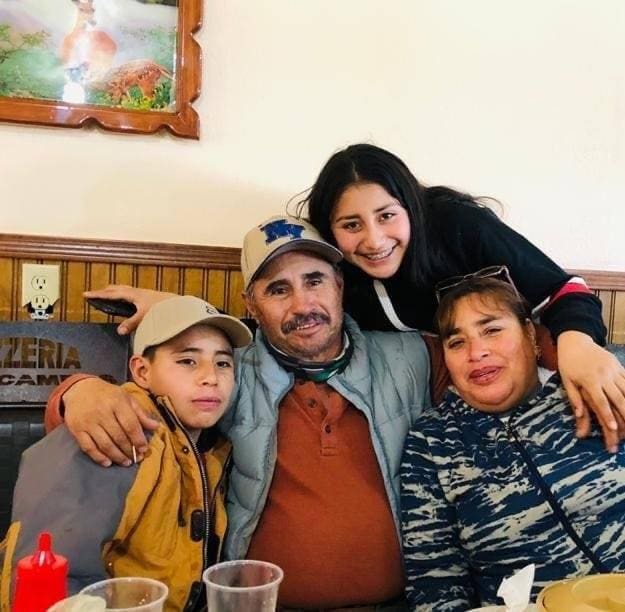
Singing Hills Landscape, Inc., based in Aurora, Colorado, has been using the H-2B program for over 20 years. They also started using a permanent labor certification program in 2019.
“Our company mission is to ‘open doors of opportunity for our company family,’ and the PERM program meshed perfectly with that mission,” says Jake Leman, vice president of Singing Hills.
The permanent labor certification program allows an employer to hire a foreign worker to work permanently in the United States. Before a U.S. employer can submit an immigration petition to the Department of Homeland Security’s U.S. Citizenship and Immigration Services (USCIS), they must obtain a certified labor certification application from the Department of Labor’s Employment and Training Administration (ETA).
The Department of Labor has to certify there are not sufficient U.S. workers able, willing, qualified and available to accept the job opportunity in the area of intended employment and that employment of the foreign worker will not adversely affect the wages and working conditions of similarly employed U.S. workers.
This process requires the employer to document their recruitment methods and results, report relevant details regarding the company, the offered position, and the foreign national, and make certain attestations about the position, wages, and recruitment conducted.

It currently takes seven months to file a PERM application. A Prevailing Wage Determination is required and the DOL takes about five months to issue these. Once issued, the employer must undergo a 60-day recruitment process.
The PERM program is a complex undertaking and can jeopardize the H-2B status of an employee if not handled properly.
Leman says they would have started using the PERM program sooner, but they did not know it existed before 2019. He says in the early years of H-2B, it was a more reliable option, and they were a smaller company, which would have made the cost of PERM more difficult. He says it costs roughly $9,000 per employee and they have completed the process for nine employees. Another 10 workers have almost completed the process.
“We have been paying for the employee and then giving them an interest-free loan for their family fees,” Leman says. “This ranges depending on the size of the family but usually is around another $6K-$8K.”
Leman says the process as a whole has taken them about two years to complete, but it is a faster option than a foreign worker trying to immigrate on their own. Variables in both cases can affect the timeline.
Part of the process requires the employee to fill out a lengthy questionnaire that asks them about their past and tries to qualify them as valuable members of society. Leman says their lawyer walks employees through the questionnaire before beginning formal applications to identify any red flags and verify if the employee qualifies for the program.
Singing Hills has only had one applicant who was denied due to being in the U.S. without documentation years prior when working for another company.

Leman says internally they qualify the employees based on leadership skills and a desire for advancement. They also ask their candidates if they want to make the transition as it means living in the U.S. year-round versus going back home for four months in the winter.
“This can be an intimidating lifestyle and culture change, especially as they begin to establish local homes,” Leman says. “We have tried to ease this transition by reaching out to our communities to help by donating household goods as well as providing life skills training. It also has been especially difficult for those with young families as the cost of living is substantially higher than where they are coming from.”
While the company is not required to help their permanent workers find housing or transportation, they take an interest in them assimilating into a new culture. They provide assistance with finding housing, enrolling kids in school, achieving financial stability and other life skills.
“Overall, we have found huge benefits in this program, not least of which is seeing families together instead of being separated due to work opportunities,” Leman says.
He says they have had 29 family members receive their residency through the program. Once employees receive their residency, they are free to leave Singing Hills and find employment elsewhere, but Leman says they have not lost any employees so far.
“They know how loyal we have been to them, and they are quite loyal to us in return,” he says.

